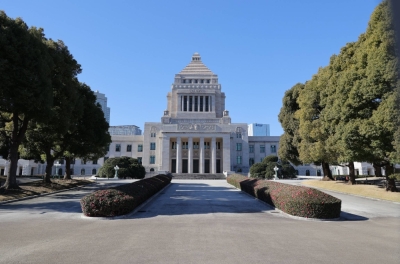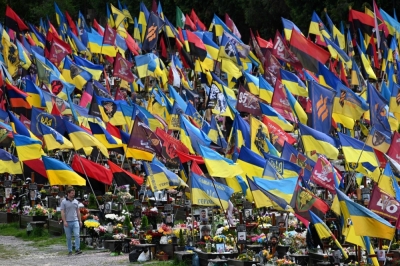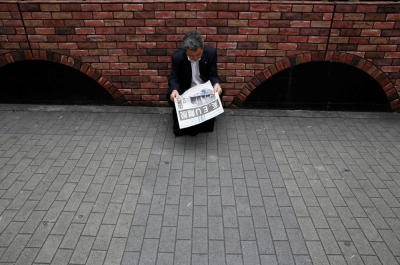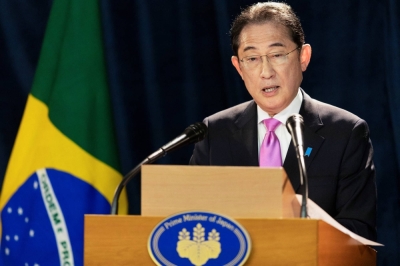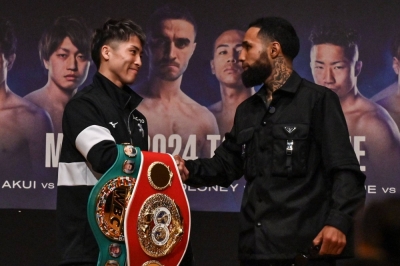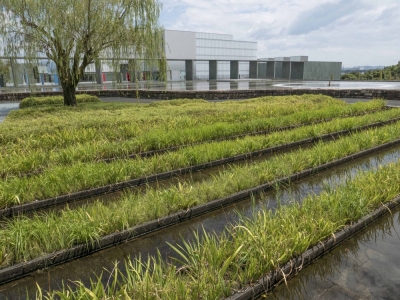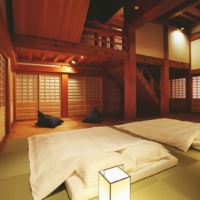NATIONAL MUSEUM
Oct 16, 2013
Oct 9, 2013
Oct 9, 2013
Oct 9, 2013
Oct 2, 2013
Sep 4, 2013
Aug 28, 2013
Jul 10, 2013
Jul 10, 2013
Jun 13, 2013
May 16, 2013
May 16, 2013
May 2, 2013
Mar 28, 2013
Aug 16, 2012
Nov 15, 2009





















